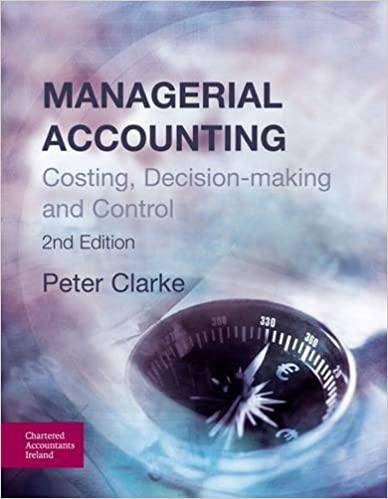
Problem 3. Fiscal Policy [28pts] Figure 1 plots fictional time-series data for two countries. Country A (left), which is a closed economy, and Country B (right), which is an open economy. Both countries had a balanced budget (neither a budget deficit nor a budget surplus) from time t = 0 until t = 4. At time t = 5 both countries changed their fiscal policy in the exact same way. This you can see from the two top panels. Please answer the following questions: Country A Country B budget balance (SGDP) budget balance (GDP) 1 2 2 3 3 4 5 6 7 5 6 time (0) 1 2 3 4 5 6 7 2 6 7 time (0) 09 2 6 2 4 time (0) 6 4 time (1) (XR 0.8 0.8 exchange rate (XR) 0.6 $0 0.6 0.4 0.4 2 6 2 6 4 time (1) 4 time (1) Figure 1: Fictional time series data on government budget balance (top panel), interest rates (middle panel), and exchange rates (bottom panel) for two countries - a closed economy (Country A, left column) and an open economy (Country B, right column) (a) Looking at the top panel only, did the two countries engage in expansionary or contractionary fiscal policy from time t = 5? (b) Name two policies that could have been implemented to achieve the expansionary/contractionary pattern depicted in the top panels. (c) Draw a graph that relates a country's interest rate to the amount of loanable funds. Using a supply and demand curve, indicate the equilibrium interest rate that predominated in both countries until time t = 4 (d) Looking at the graph for Country A's interest rate, how can the pattern in the graph be described using your simple framework from part (c)? To answer this question, extend the graph you drew in (c) 3 (using a different color or line style). Provide a short description that relates your graph to the graph of Figure 1 (e) Provide a verbal argument on why we see a different evolution of interest rates in Country B. (f) Draw another graph that pins down the equilibrium exchange rate of the two countries between time t= 1 and t = 4 as determined by demand and supply of foreign exchange. (E) By extending the graph of part (f), try to explain the fall of the exchange rate for Country A from t=5 onward. Explain the underlying market force in a few words. (h) If trade was initially balanced up until time t = 4, does country A have a current account surplus or deficit after the introduction of the fiscal policy? Problem 3. Fiscal Policy [28pts] Figure 1 plots fictional time-series data for two countries. Country A (left), which is a closed economy, and Country B (right), which is an open economy. Both countries had a balanced budget (neither a budget deficit nor a budget surplus) from time t = 0 until t = 4. At time t = 5 both countries changed their fiscal policy in the exact same way. This you can see from the two top panels. Please answer the following questions: Country A Country B budget balance (SGDP) budget balance (GDP) 1 2 2 3 3 4 5 6 7 5 6 time (0) 1 2 3 4 5 6 7 2 6 7 time (0) 09 2 6 2 4 time (0) 6 4 time (1) (XR 0.8 0.8 exchange rate (XR) 0.6 $0 0.6 0.4 0.4 2 6 2 6 4 time (1) 4 time (1) Figure 1: Fictional time series data on government budget balance (top panel), interest rates (middle panel), and exchange rates (bottom panel) for two countries - a closed economy (Country A, left column) and an open economy (Country B, right column) (a) Looking at the top panel only, did the two countries engage in expansionary or contractionary fiscal policy from time t = 5? (b) Name two policies that could have been implemented to achieve the expansionary/contractionary pattern depicted in the top panels. (c) Draw a graph that relates a country's interest rate to the amount of loanable funds. Using a supply and demand curve, indicate the equilibrium interest rate that predominated in both countries until time t = 4 (d) Looking at the graph for Country A's interest rate, how can the pattern in the graph be described using your simple framework from part (c)? To answer this question, extend the graph you drew in (c) 3 (using a different color or line style). Provide a short description that relates your graph to the graph of Figure 1 (e) Provide a verbal argument on why we see a different evolution of interest rates in Country B. (f) Draw another graph that pins down the equilibrium exchange rate of the two countries between time t= 1 and t = 4 as determined by demand and supply of foreign exchange. (E) By extending the graph of part (f), try to explain the fall of the exchange rate for Country A from t=5 onward. Explain the underlying market force in a few words. (h) If trade was initially balanced up until time t = 4, does country A have a current account surplus or deficit after the introduction of the fiscal policy







